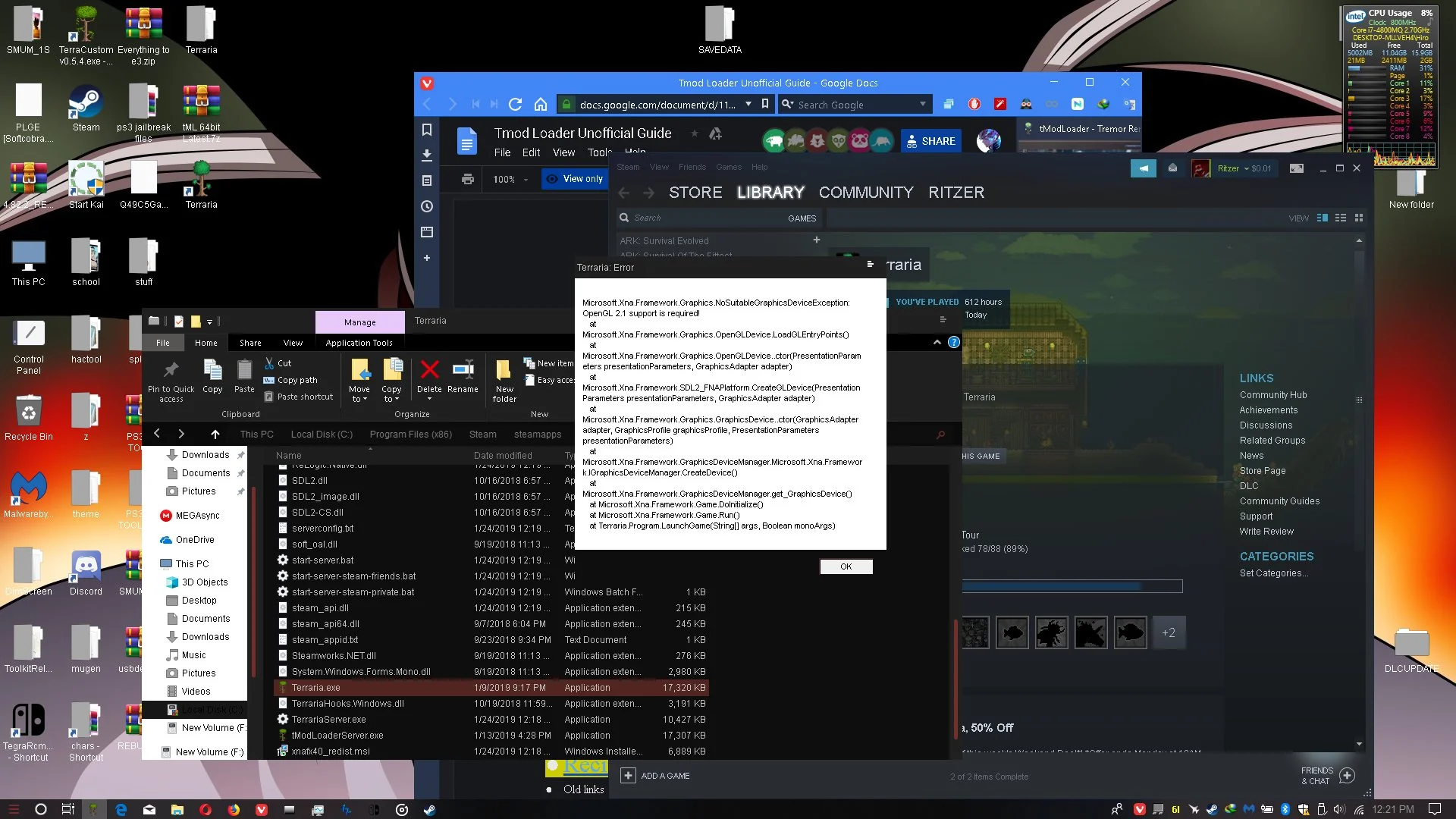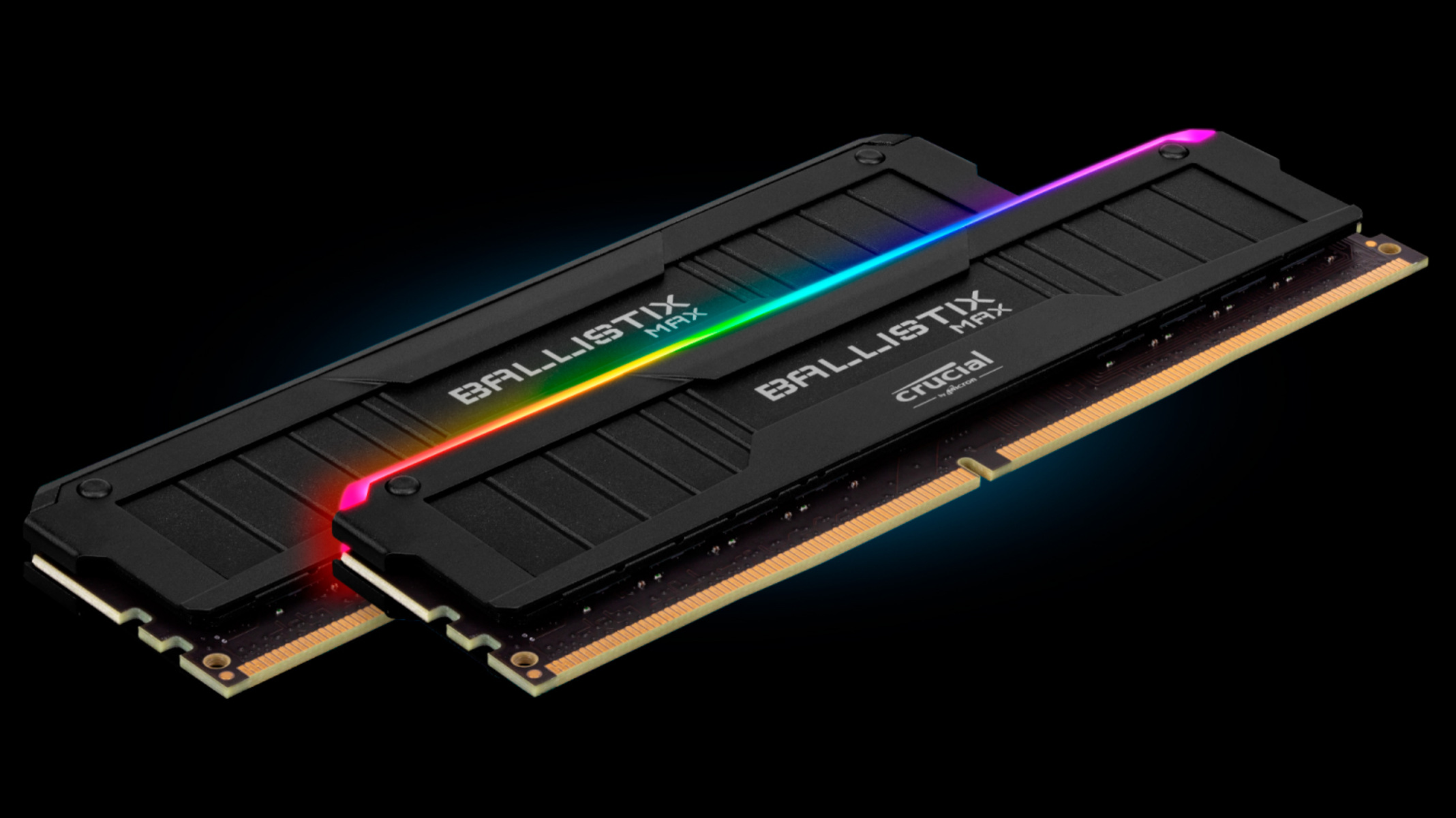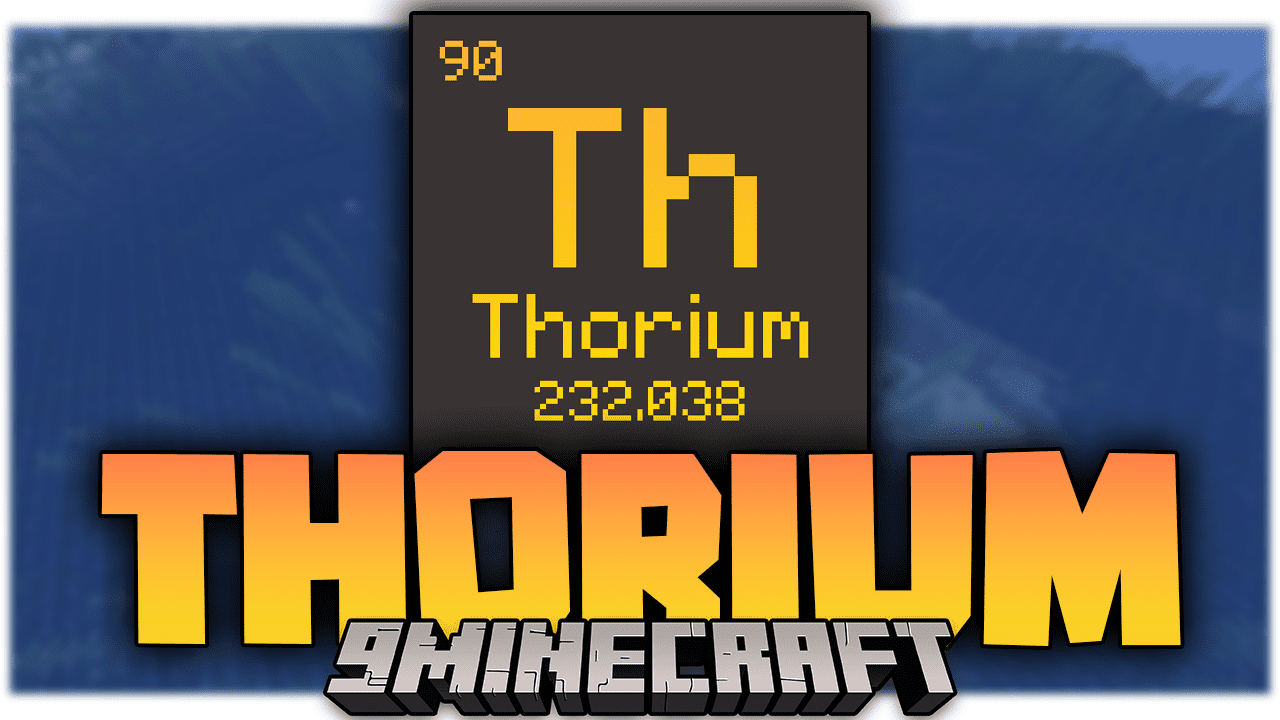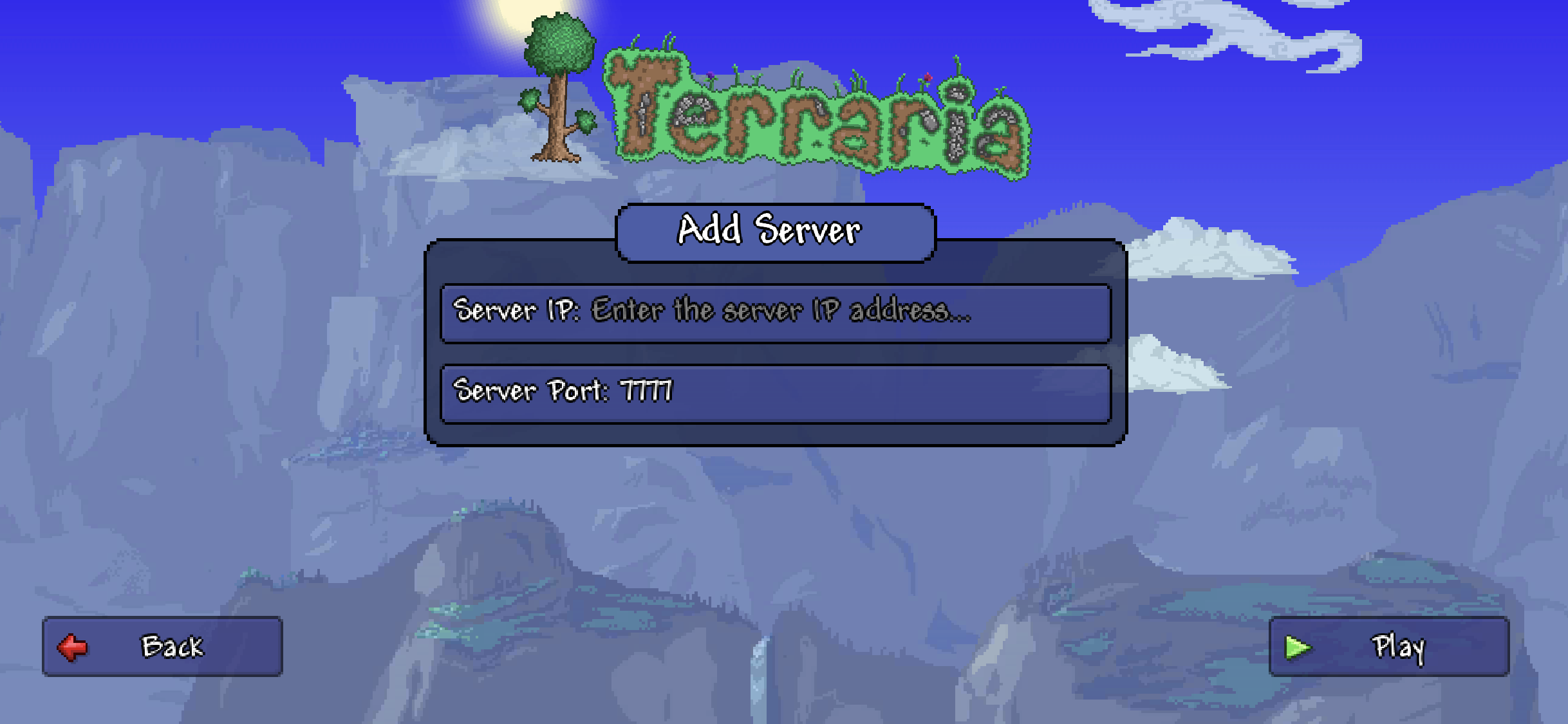Introduction
Are you an avid Terraria player looking to enhance your gaming experience? One surefire way to improve the performance and speed of the game is by adding more RAM to your system. RAM (Random Access Memory) is an essential component in any computer, responsible for storing data that is actively being used by the operating system and software applications. By increasing the amount of RAM available, you can ensure smoother gameplay, reduce loading times, and prevent lag.
In this guide, we will walk you through the steps of adding RAM to Terraria. Whether you’re playing on a desktop computer or a laptop, this process can greatly enhance your Terraria experience by allowing the game to run more efficiently and handle complex tasks with ease.
Before we dive into the steps, it’s important to note that adding RAM requires a basic understanding of computer hardware and software. If you’re not comfortable with opening up your computer or making changes to the internal components, it’s best to consult a professional or someone with experience in computer upgrades.
Now, with that in mind, let’s get started and explore how you can add more RAM to your Terraria gaming setup!
Step 1: Understand the Need for Adding RAM to Terraria
Before diving into the process of adding RAM to Terraria, it’s essential to understand why it’s necessary and how it can benefit your gameplay. RAM, as mentioned earlier, is responsible for temporarily storing data that the computer and running applications need to access quickly. In the case of Terraria, adding more RAM can significantly improve your gaming experience in several ways.
Firstly, it can enhance the overall performance and speed of the game. Terraria is a game that relies heavily on memory to smoothly render gameplay elements, such as environments, characters, and objects. With limited RAM, your computer may struggle to handle the large amount of data required by the game, resulting in lag, long loading times, and choppy gameplay. By adding more RAM, you provide your system with the ability to store and access a larger amount of game-related data, allowing for smoother and more seamless gameplay.
Secondly, increasing your RAM capacity can also contribute to improved multitasking capabilities. If you like to have multiple applications running simultaneously while playing Terraria, such as a web browser, music player, or a voice chat program, having more RAM can prevent your system from becoming overwhelmed. More RAM means that your computer can better manage the resources necessary to run both Terraria and other applications simultaneously, resulting in a smoother overall performance.
Lastly, adding RAM can future-proof your system. As games continue to evolve and become more resource-intensive, having a higher amount of RAM can ensure that your computer remains capable of running upcoming Terraria updates or other demanding games. By providing your system with ample RAM, you’ll be able to enjoy a better gaming experience now and in the years to come.
Now that we’ve established the importance of adding RAM to Terraria, it’s time to move on to the next step: checking the minimum system requirements for Terraria.
Step 2: Check the Minimum System Requirements for Terraria
Before proceeding with adding RAM to your Terraria gaming setup, it’s crucial to ensure that your computer meets the minimum system requirements for the game. Checking these requirements will help determine if your current system configuration can handle Terraria and if additional RAM is necessary.
To check the minimum system requirements for Terraria, you can follow these steps:
- Visit the official Terraria website or the platform from which you downloaded the game.
- Look for the system requirements section or search for the specific system requirements for your operating system.
- Take note of the minimum RAM requirement specified by the game developer.
Typically, the minimum RAM requirement for Terraria is 4GB. However, it’s always beneficial to have more RAM than the minimum requirement to ensure optimal performance and stability. As mentioned earlier, adding more RAM can enhance your gaming experience by reducing lag, improving loading times, and enhancing multitasking capabilities.
If your current system has less than the recommended amount of RAM, it’s highly recommended to proceed with adding additional RAM to your setup. This will help ensure that Terraria runs smoothly and that you can enjoy the game without any performance limitations.
On the other hand, if your computer already meets or exceeds the minimum RAM requirement for Terraria, you may still consider adding more RAM if you frequently run other resource-intensive applications or plan on playing more demanding games in the future. Assessing your current RAM capacity will help you make an informed decision on whether adding more RAM is necessary for your specific needs.
Once you have determined whether your current RAM capacity meets the minimum requirements and evaluated your personal needs, you are ready to move on to the next step: assessing your current RAM capacity.
Step 3: Assess Your Current RAM Capacity
Before proceeding with adding RAM to your Terraria gaming setup, it’s essential to assess your current RAM capacity. This step will help you determine the amount of additional RAM you need to add to your system.
To assess your current RAM capacity, you can follow these steps:
- Open the Task Manager on your computer. You can do this by right-clicking on the taskbar and selecting “Task Manager” from the menu.
- In the Task Manager window, navigate to the “Performance” tab.
- Under the “Memory” section, you will see information about your current RAM usage, including the total amount of installed RAM and the amount of RAM currently in use.
Take note of the total amount of installed RAM displayed in the Task Manager. This will give you an idea of your current RAM capacity. For example, if you have 8GB of installed RAM and the Task Manager shows that a significant portion is frequently in use, it may indicate that your system would benefit from additional RAM.
It’s worth noting that depending on your operating system and any background applications running, a certain amount of RAM will be consumed even during idle or light usage. Consequently, if your RAM usage is consistently close to or exceeding the total installed RAM, it’s a strong indication that your system could benefit from adding more RAM.
When assessing your current RAM capacity, consider your specific needs as a Terraria player. If you frequently experience lag or slow loading times during gameplay, it may indicate that your system struggles to handle the game’s memory requirements.
By evaluating your current RAM capacity, you will have a better understanding of whether adding additional RAM is necessary and how much RAM you should consider adding to your system. Once you’ve determined the required RAM upgrade, it’s time to explore the available RAM options for your computer, which will be covered in the next step.
Step 4: Determine the RAM Upgrade Options Available for Your Computer
After assessing your current RAM capacity, the next step is to determine the RAM upgrade options available for your computer. This step will help you identify the type of RAM your system uses, the maximum amount of RAM it can support, and the compatible RAM modules you can purchase.
To determine the RAM upgrade options for your computer, you can follow these steps:
- Check your computer’s documentation or manufacturer’s website. Look for specifications or technical information about the RAM supported by your computer model. You can search for your computer’s make and model along with the term “RAM upgrade” to find specific information.
- If you cannot find the information online, you can open your computer’s casing and visually inspect the RAM modules. Take note of the module type (e.g., DDR3, DDR4), capacity (e.g., 4GB, 8GB), and speed (e.g., 2400MHz, 3200MHz).
- Visit reputable computer hardware websites or use compatibility tools provided by RAM manufacturers to cross-reference the information you gathered. These resources will help you find compatible RAM modules that match your computer’s requirements.
- Consider the maximum RAM capacity supported by your computer’s motherboard. Some systems may have limitations on the total amount of RAM they can handle.
During this process, pay attention to factors such as module type, speed, capacity, and voltage compatibility. It’s crucial to ensure that any RAM module you choose is compatible with your computer’s motherboard and existing RAM modules (if any).
When it comes to capacity, consider how much additional RAM you need to add. Adding 8GB or 16GB of RAM is a common upgrade for gaming systems, but it ultimately depends on your budget and specific requirements.
Additionally, keep in mind that if you have multiple RAM slots available, it’s often best to install RAM modules in pairs (e.g., two 8GB modules) for optimal performance. This allows the modules to run in dual-channel mode, effectively doubling the memory bandwidth.
By determining the RAM upgrade options available for your computer, you will have a clear understanding of the compatible RAM modules you can purchase. The next step is to acquire the necessary RAM modules to proceed with the upgrade process, which will be covered in the following section.
Step 5: Purchase Compatible RAM Modules
Now that you have determined the RAM upgrade options for your computer, it’s time to proceed with purchasing compatible RAM modules. This step involves finding a reputable vendor and selecting the appropriate RAM modules based on your computer’s specifications.
To purchase compatible RAM modules, you can follow these steps:
- Research and identify reputable vendors or online retailers that specialize in computer hardware. Look for vendors with positive reviews, good customer support, and a wide selection of RAM modules.
- Visit the selected vendors’ websites or physical stores and search for the specific RAM modules that match your computer’s requirements. Filter the search results based on the module type, capacity, and speed you need.
- Take note of the price, warranty period, and availability of the RAM modules you are interested in. Compare the prices and read customer reviews to ensure you are making an informed decision.
- Consider factors like brand reputation, compatibility, and technical support. Trusted brands often provide higher-quality RAM modules with better compatibility and customer support.
- Once you have made your decision, proceed with the purchase. Follow the vendor’s instructions for placing an order online or visit their physical store to make the purchase in person.
When purchasing RAM modules, it’s important to ensure that they are compatible with your computer’s motherboard and existing RAM (if any). Double-check the module type, capacity, and speed to avoid any compatibility issues.
Furthermore, it’s recommended to buy RAM modules that come with a warranty. This ensures that you can get a replacement or repair if any issues arise after the purchase.
Keep in mind that the prices of RAM modules can vary depending on factors such as brand, capacity, and speed. Consider your budget and requirements to make the best decision for your needs.
With the compatible RAM modules in your possession, you are now ready to proceed to the next step: preparing your computer for the RAM upgrade.
Step 6: Prepare Your Computer for the RAM Upgrade
Before diving into the process of installing the new RAM modules, it’s crucial to prepare your computer for the upgrade. This step ensures that the installation process goes smoothly and minimizes the risk of any hardware or software complications.
To prepare your computer for the RAM upgrade, you can follow these steps:
- Back up your important files and data. While the RAM upgrade itself doesn’t typically pose a risk to your data, it’s always good practice to have a backup in case of any unexpected issues.
- Shut down your computer and unplug it from the power source. This will help prevent any accidental damage or electrical shocks during the installation process.
- If you are using a laptop, remove the battery. This step is necessary to access the RAM slots safely. For desktop computers, there is no need to remove the power supply.
- Ground yourself to discharge any static electricity buildup. You can do this by touching a grounded metal surface or by using an anti-static wristband. This precaution helps protect your computer’s components from potential damage caused by static discharge.
- Locate the RAM slots on your motherboard. These slots are typically long and narrow, and you may need to unscrew a panel or remove a cover to access them. Consult your computer’s documentation if you’re unsure about the location of the RAM slots.
- Take a moment to familiarize yourself with how the existing RAM modules are installed. Note any clips or levers that secure the modules in place, as you will need to replicate this process when installing the new modules.
- Carefully remove the existing RAM modules by gently pressing down on the clips or levers securing them. The modules should pop up, allowing you to remove them. Place them aside in a safe and static-free location.
By following these preparation steps, you ensure that your computer is safely prepared for the RAM upgrade. This preparation minimizes the risk of damage to your computer and ensures a smooth installation process. With your computer ready, you can now move on to the exciting step of installing the new RAM modules.
Step 7: Install the New RAM Modules
Now that you have prepared your computer, it’s time to install the new RAM modules. This step involves physically inserting the modules into the appropriate RAM slots on your computer’s motherboard. Follow the steps below to ensure a successful installation:
- Take the new RAM modules out of their packaging and ensure they are handled carefully. Avoid touching the gold contacts as much as possible to prevent any potential damage from static electricity.
- Orient the RAM modules correctly. Align the notch(es) on the module with the corresponding notch(es) in the RAM slot. This ensures the module can fit into the slot properly.
- Gently but firmly insert one end of the RAM module into the RAM slot at a slight angle. Apply even pressure until the module is fully seated in the slot.
- Once the module is securely inserted, gently press down on the top of the module until you hear an audible click. This indicates that the clips or levers have properly secured the module in place.
- Repeat the process for any additional RAM modules you are installing. If you have multiple RAM slots, it’s recommended to install modules in pairs for optimal performance.
- After all the modules are installed, double-check their alignment and make sure they are firmly seated in the slots.
- Close up your computer or reattach any panels or covers that were removed during the preparation process.
It’s important to note that excessive force is not necessary when installing RAM modules. If a module does not fit easily or if you encounter resistance, double-check its orientation and make sure it is aligned properly. Avoid using excessive force, as it can damage the module or the motherboard.
Once you have installed the new RAM modules, you can move on to the next step: testing the upgraded RAM.
Step 8: Test the Upgraded RAM
After successfully installing the new RAM modules, it’s crucial to test the upgraded RAM to ensure that it is functioning correctly. Testing the RAM will help verify that the modules are recognized by your computer and that they are providing the expected performance boost.
To test the upgraded RAM, you can follow these steps:
- Power on your computer and let it boot up normally.
- Once your computer has loaded the operating system, check the system properties to confirm that the upgraded RAM is recognized. You can do this by right-clicking on the “Computer” or “My Computer” icon and selecting “Properties.”
- In the system properties window, you should see the total amount of RAM installed. Verify that it matches the capacity of the RAM modules you have installed.
- Next, check for any performance improvements while using your computer. Pay attention to factors such as general responsiveness, multitasking capabilities, and the loading times of resource-intensive applications, including Terraria.
- If you notice significant improvements in overall system performance and reduced lag during gameplay, it indicates that the upgraded RAM is functioning correctly. This is a positive sign that your computer is benefiting from the added memory capacity.
- Should you encounter any issues or unexpected behavior after the RAM upgrade, such as system instability or crashes, it’s recommended to double-check the installation of the new RAM modules. Ensure that they are properly seated in the RAM slots and that they are compatible with your computer’s motherboard.
- If problems persist, you may need to consult a professional or reach out to technical support for further assistance in troubleshooting the issue.
Testing the upgraded RAM is a crucial step as it allows you to validate that the new modules are functioning as intended and contributing to the performance enhancement of your computer. It provides you with confidence that your Terraria gaming setup is now utilizing the additional memory effectively.
With the upgraded RAM successfully tested, you can proceed to the final step: adjusting Terraria settings to take advantage of the increased RAM.
Step 9: Adjust Terraria Settings to Benefit from the Increased RAM
Now that you have upgraded your computer’s RAM, it’s time to optimize Terraria settings to maximize the benefits of the improved memory capacity. Adjusting the game’s settings will allow Terraria to make better use of the increased RAM, resulting in smoother gameplay and improved performance.
To adjust Terraria settings and benefit from the increased RAM, follow these steps:
- Launch Terraria and navigate to the “Settings” menu within the game.
- Look for options related to graphics, performance, and memory management.
- Allocate more RAM to Terraria by increasing the game’s memory limit or heap size, if available in the settings. This allows Terraria to utilize a greater amount of RAM, which can better handle the game’s data and improve performance.
- Consider adjusting graphics settings, such as reducing the resolution, turning off unnecessary visual effects, or lowering the overall graphical quality. These adjustments help lessen the strain on your system and allow Terraria to use the RAM more efficiently.
- Experiment with different settings to find the optimal balance between performance and visual quality. Every computer configuration is unique, so it may take some trial and error to find the settings that work best for you.
- Save the changes and exit the settings menu.
By adjusting Terraria settings to benefit from the increased RAM, you are allowing the game to fully utilize the additional memory capacity. This can result in reduced lag, faster loading times, and an overall smoother gameplay experience.
Keep in mind that adjusting game settings may require some compromises in terms of visual quality. However, the trade-off is worth it to ensure optimal performance with the upgraded RAM.
With the Terraria settings adjusted, you have successfully completed the process of adding and optimizing RAM for Terraria. Congratulations! Enjoy your enhanced gaming experience with smoother gameplay and improved performance.
Conclusion
Adding more RAM to your Terraria gaming setup can greatly enhance your gaming experience by improving performance, reducing lag, and optimizing multitasking capabilities. Throughout this guide, we have walked you through the steps necessary to add and optimize RAM for Terraria.
We started by understanding the need for adding RAM to Terraria and checking the minimum system requirements. Then, we assessed your current RAM capacity and determined the RAM upgrade options available for your computer. After purchasing compatible RAM modules, we moved on to preparing your computer for the RAM upgrade.
With the preparations complete, we installed the new RAM modules and tested the upgraded RAM to ensure it was functioning correctly. Finally, we adjusted Terraria settings to fully benefit from the increased RAM, optimizing the game for smoother gameplay.
By following these steps, you have successfully enhanced your Terraria gaming setup and can now enjoy an improved gaming experience. Whether it’s faster load times, reduced lag, or better multitasking capabilities, the added RAM will undoubtedly enhance your enjoyment of Terraria.
Remember, adding RAM to your computer requires careful consideration and attention to detail. If you are not comfortable with computer hardware and software, it’s always advisable to seek professional assistance to ensure a successful upgrade.
We hope this guide has been helpful to you in upgrading and optimizing your RAM for Terraria. Now, go forth and embark on new Terraria adventures with the confidence of improved performance and seamless gameplay!

























